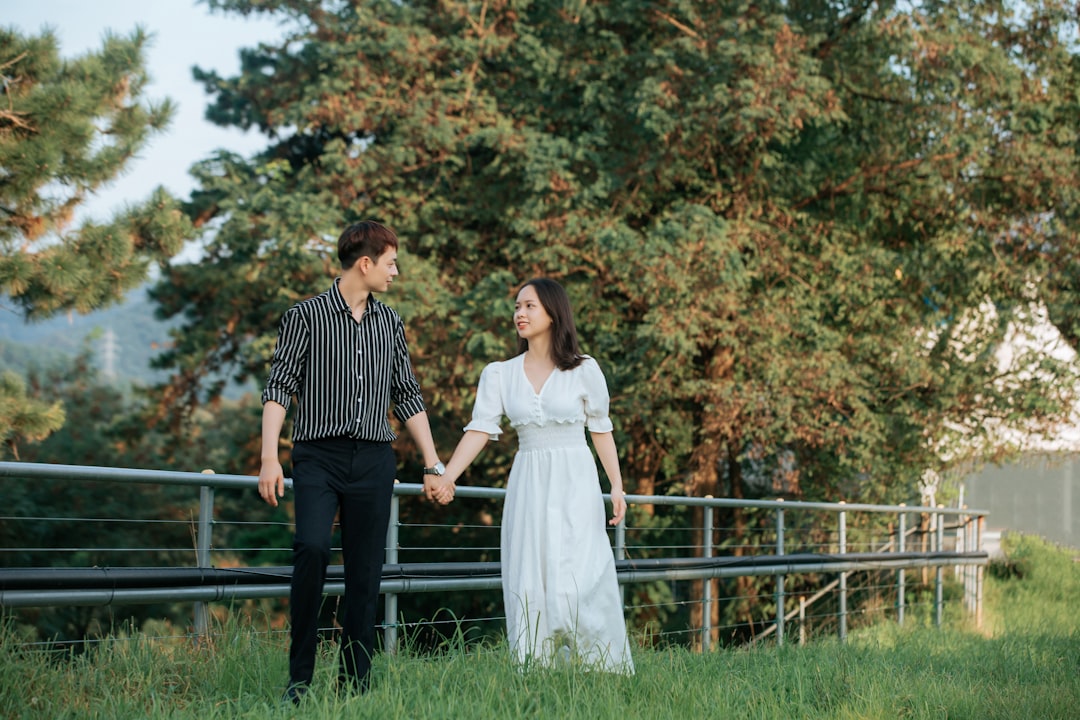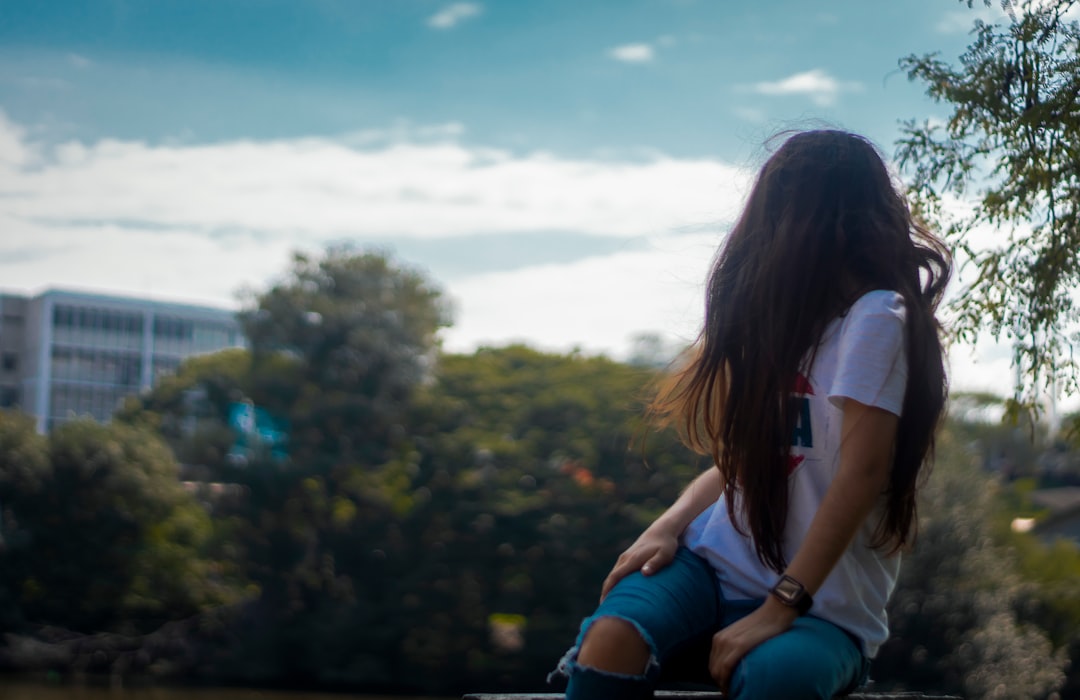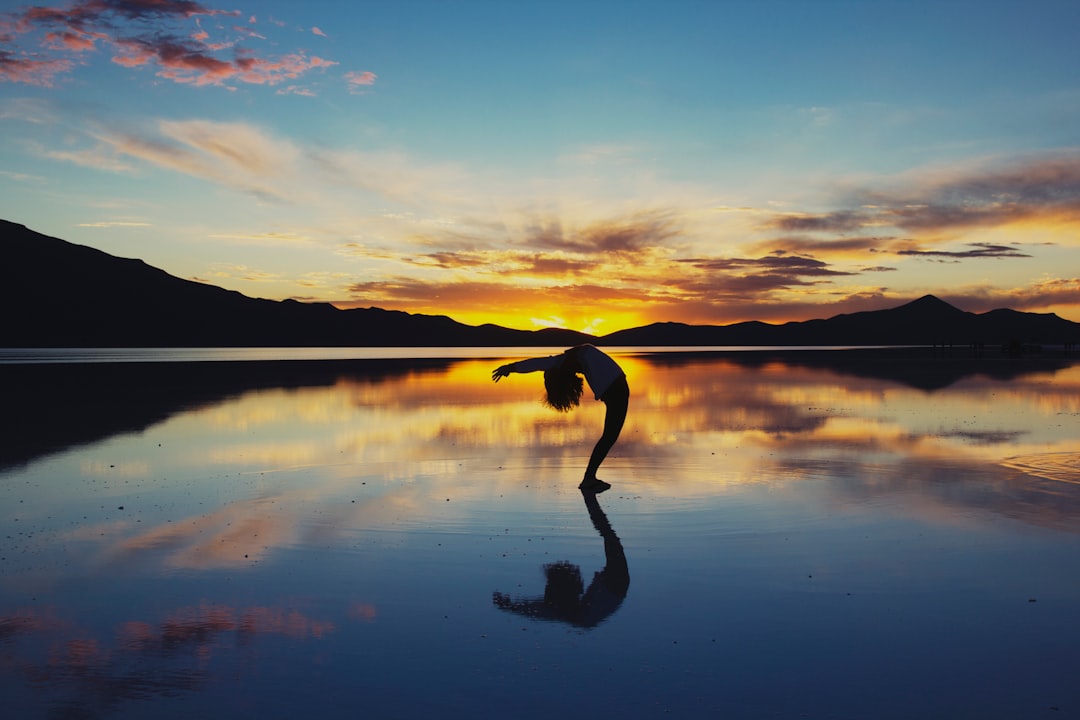Yoga has been around for thousands of years and its benefits have been praised by many for its ability to help individuals relax, increase flexibility, and gain focus. In today’s fast-paced world, stress has become a common problem for people of all ages. According to recent studies, stress can lead to numerous health problems such as high blood pressure, heart disease, obesity, and depression. This is where yoga comes into play. Incorporating a regular yoga practice into your daily routine can be highly beneficial in managing stress, improving overall health, and increasing well-being. Let’s dive into some yoga poses that can help relieve stress and promote relaxation.
Centering Down: Child’s Pose
In the practice of yoga, one of the most important things is learning how to find a sense of calm and focus amidst the chaos of daily life. Centering down is the process of grounding yourself and connecting with your breath, allowing you to become more present in the moment and less distracted by outside stressors.
One of the best poses for centering down is Child’s Pose. This gentle, restorative pose is often used as a starting point for many yoga practices, as it helps to ease the body and mind into a more relaxed state.
To practice Child’s Pose, start on your hands and knees, with your wrists below your shoulders and your knees hip-width apart. Lower your hips back towards your heels, stretching your arms forward and resting your forehead on the floor. Take a few deep breaths here, feeling the stretch in your hips, thighs, and lower back. Allow yourself to let go of any tension or stress you may be holding onto, and focus on your breath.
Child’s Pose is a great pose to come back to throughout your yoga practice, whenever you need a moment to center yourself and refocus your energy. It can also be a helpful pose to practice on its own, whenever you’re feeling overwhelmed or stressed out. By taking a few moments to connect with your breath and ground yourself in the present moment, you can find a sense of peace and calm that can carry you through the rest of your day.
One of the best poses for centering down is Child’s Pose.
Finding Calm: Tree Pose
Tree Pose, or Vrksasana in Sanskrit, is a fantastic way to find tranquility and balance in your mind and body. This pose requires you to stand on one foot while bringing the other foot to rest on the opposite thigh. While it may seem challenging at first, you can start with placing your foot on your ankle or shin instead.
This asana focuses on grounding your body while also emphasizing the importance of balance. When you practice this pose, you’ll feel the strength of the earth beneath you and the stability in your core. These feelings can help you find a sense of calm and poise, even in the midst of chaos.
In addition, during Tree Pose, you focus your gaze on a fixed point in front of you, which is known as a drishti. This drishti helps to improve your concentration and coordination, which can translate to other areas of your life beyond yoga.
Not only is Tree Pose beneficial for reducing stress and calming the mind, but it also leads to improved posture, balance, and stability. This pose can also improve circulation, as you are grounding one foot into the earth while stretching the other leg up towards the sky.
Overall, Tree Pose is an excellent addition to any yoga practice that aims to reduce stress and anxiety. By practicing this pose consistently, you’ll be able to find a greater sense of balance and calm in your daily life.
These feelings can help you find a sense of calm and poise, even in the midst of chaos.
Stretching it Out: Downward Facing Dog
Downward Facing Dog, or Adho Mukha Svanasana, is one of the most well-known yoga poses and is often used as a full-body stretch. This posture is great for releasing tension in the shoulders, hamstrings, calves, and Achilles tendons, making it an excellent tension reliever for those who sit at a desk all day. It also helps to calm the mind by bringing fresh blood flow to the brain.
To perform Downward Facing Dog, start on your hands and knees with your wrists directly under your shoulders and your knees beneath your hips. Spread your fingers wide and press your palms firmly into the ground. Curl your toes under and lift your knees off the ground, straightening your legs as you press your heels towards the ground. Be sure to keep your neck relaxed and your gaze towards your feet.
If you have tight hamstrings or calves, you can keep a slight bend in your knees. Take deep breaths as you hold the pose for 5-10 breaths, sinking deeper into the stretch with each exhale. Inhale and come back down onto your hands and knees to release the pose.
As with any yoga pose, it’s important to listen to your body and modify as necessary. If you feel any discomfort or pain, come out of the pose and consult with a yoga teacher or healthcare professional.
Incorporating Downward Facing Dog into your daily yoga practice can be a great way to stretch out tight muscles and relieve stress in the body. It’s a versatile pose that can be done on its own or as part of a sequence. Remember to breathe deeply and enjoy the sensation of stretching out your body.
To perform Downward Facing Dog, start on your hands and knees with your wrists directly under your shoulders and your knees beneath your hips.
Inward Focus: Seated Forward Bend
Inward focus is about bringing your attention to your breath and your thoughts, and this is where the Seated Forward Bend or Paschimottanasana comes in.
This seated asana allows for a gentle stretch in the hamstrings, lower back and calves, and it’s great for calming the mind and promoting relaxation.
Start by sitting on the floor with your legs stretched out in front of you. Inhale, reach your arms up, and then exhale as you hinge forward from your hips, reaching your hands towards your toes.
If you can’t reach your toes, don’t worry! You can place your hands on your shins, ankles or even use a yoga strap to help you reach further.
The key is to keep your spine long and to breathe deeply in and out through your nose.
This pose can be held for one to five minutes, and as you hold the pose, allow yourself to let go of any thoughts or worries.
Simply focus on your breath and enjoy the feeling of release in your lower back and hamstrings.
Inward focus can help to reduce stress and anxiety by cultivating a sense of mindfulness, and it’s a useful tool to have in your arsenal when dealing with stressful situations.
Incorporate this pose into your daily yoga routine, and you’ll notice the benefits almost immediately.
Simply focus on your breath and enjoy the feeling of release in your lower back and hamstrings.
Releasing Tension: Supine Twist
When stress builds up in the body, it can create tension that manifests in various forms. One way to release tension and promote relaxation is through the supine twist pose in yoga.
To begin, lie on your back with your arms extended out to the sides at shoulder height. Bring your knees up to your chest and then let them drop to one side while looking in the opposite direction. Hold the pose for several breaths and then repeat on the other side.
This gentle twist helps to stimulate the digestive system and lymphatic system, which can help to flush out toxins and improve overall health. It also helps to stretch the spine and hips, which can feel particularly beneficial for those who sit for long periods of time.
But perhaps most importantly, the supine twist can be incredibly soothing for the mind. The slow, intentional movement and deep breathing that accompanies the pose can help to calm the nervous system, reduce anxiety, and promote a sense of inner peace.
Incorporating the supine twist into your yoga practice on a regular basis can be a powerful tool in managing stress and tension. It can help you to release physical and emotional blockages, leaving you feeling more balanced and at ease.
Adding the supine twist pose into your yoga practice is a simple yet effective way to release tension, improve digestion, and promote overall relaxation. By making yoga a part of your daily routine, you can reap the many benefits that it has to offer for stress relief and overall well-being.
Adding the supine twist pose into your yoga practice is a simple yet effective way to release tension, improve digestion, and promote overall relaxation.
Conclusion: Incorporating Yoga into Your Daily Routine for Stress Relief
Yoga has been known for its numerous health benefits such as increased flexibility, strength, and balance. But in today’s fast-paced world, it has become more important than ever before for its ability to alleviate stress and promote mental well-being. Incorporating yoga into your daily routine can help you manage stress levels and bring more balance and calmness to your life.
It doesn’t matter if you are a newbie or a seasoned yogi, making yoga a habit even for a few minutes each day can enhance your quality of life. It is a simple and sustainable way to reduce stress and calm your mind. Even just taking a five-minute break to focus on your breath and stretch your muscles can do wonders for your body and mind.
You can start by incorporating the yoga poses explained in this blog post into your daily routine. Start with just a few minutes a day and increase the duration gradually as you feel more comfortable. Remember that the key to success is consistency.
Furthermore, attending a yoga class or hiring a yoga instructor can not only help you get more familiar with the practice but also provide you with a community of supportive individuals with the same goal of reducing stress and promoting well-being. You can also find various yoga apps and YouTube tutorials to practice at home.
In conclusion, stress is a common experience that can have a negative impact on our physical and mental well-being. But with simple tools like yoga, it is possible to combat stress and find inner peace. Incorporating yoga into your daily routine can help you achieve that balance and calmness you need in life. So why not start today and see the difference it can make in your life!





